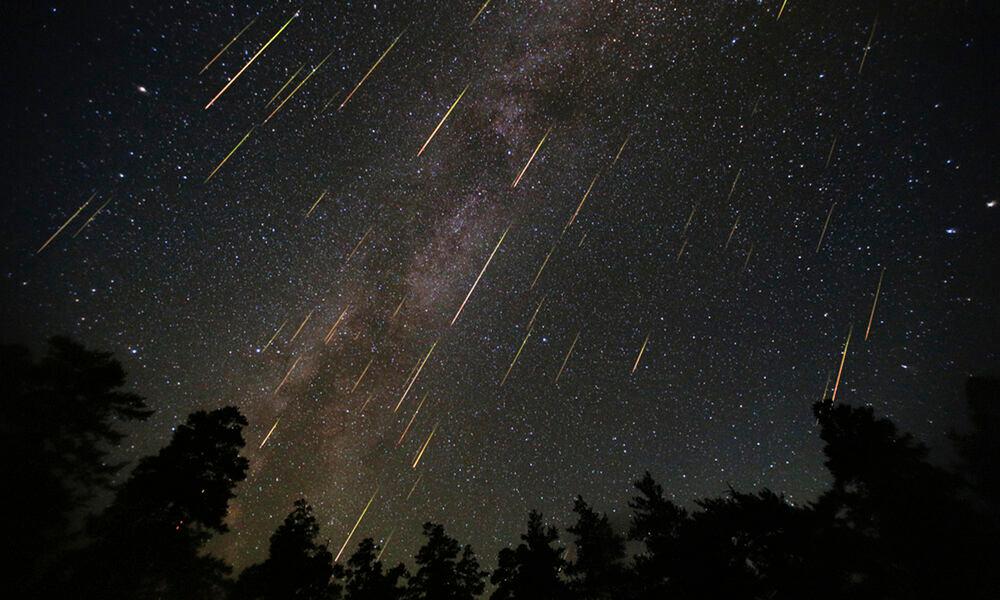November brings with it some magnificent celestial events. Prepare to witness meteor showers, a lunar eclipse, and all the wonders that the nighttime sky can offer. So as the days shorten, and the weather turns, there are still many reasons to give thanks.
One of the most exciting occurrences in the heavens are meteor showers. Often visible to the naked eye, the sky is peppered by pins of light shooting across the sky. Throughout November, there are a number of these magnificent spectacles.






